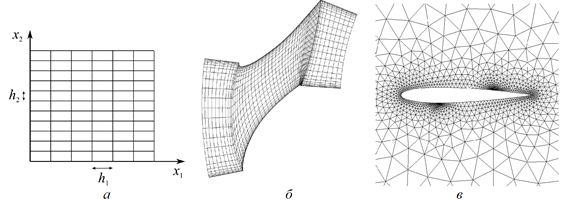

You can separate blocks of information by placing them in different columns and yet still show a connection between them. This leads to a large amount of flexibility when organizing information on the page. One column might be reserved for text, another for images, and yet another for image captions.Ĭolumns can be dependent on each other, independent from each other, and crossed over by design elements. As you would expect column grids are made up by placing multiple columns within the format.Ĭolumn grids are good when discontinuous information needs to be presented.įor example you might have various asides, pull quotes, etc in your design, which can occupy different columns in the grid. When people think of grids, especially online, they likely think of column grids. Given the name we naturally associate manuscript grids with the printed page, however if you think of any fixed width layout it’s essentially one large block located within a format (the browser window).ĭesigners typically center these layouts, but with the above ideas in mind perhaps there are better places to locate your layout. Your choice of typeface, font-size, leading, measure, hierarchy, etc will make up most of your design choices. Narrower margins - force the text block to the edge of the format creating tension as the two near each other.Īsymmetrically placed text blocks add visual interest and leave a larger block of whitespace on one side to allow the eye to rest.īecause of the simplicity of manuscript grids, typography plays an important role in creating visual interest.


They’re used in books and long essays and perhaps lend themselves well to blog posts. Manuscript grids are good for extensive and continuous blocks of text. Its secondary structure defines the location and proportions of folios, footnotes, running headers, and other secondary information. The primary structure is defined by large text blocks and margins, which position the block within the format. It’s mainly a large rectangular area taking up most of the space inside a format. Sometimes called a block grid or single column grid, the manuscript grid is the simplest grid structure. I’ll be referring to various grid parts throughout so if those parts are unfamiliar you may want to visit the anatomy of a grid post. Ideally by the end of this post you’ll have a better idea why you might choose one type of grid over another for a particular project. Today I want to look at 4 grid types and when you might use each. Parts like columns and modules, gutters and margins can be combined in different ways to form distinct types of grids. Last week I posted the anatomy of a grid and touched on what each part of a grid is and does.


 0 kommentar(er)
0 kommentar(er)
